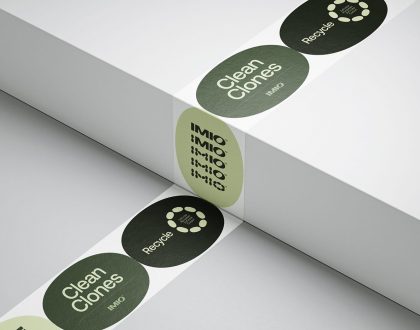“AI revolution” will change way design studios look within three years

by IBRAHIM
“AI revolution” will change way design studios look within three years

As AI begins to change the way designers work Design Bridge and Partners group executive director of experience design Tom Gilbert levels on what the design consultancy of the near future will look like.
If design consultancies are to adjust to the speed of change that AI is offering, they will need to learn to work with it to avoid being left behind and if they are to do that well they can learn from historic examples of tech-enabled transition.
Embracing new tech will help solve challenges faster
We’re in the midst of the AI revolution and as such, no one is 100% certain what will happen, but, like in all times of change we look to examples from the past, times when we’ve faced and embraced transformation. After all, this isn’t the first time the creative industry has had to adapt to new technologies. Just as the music industry adapted to online downloading and streaming, the design industry embraced Computer Aided Design (CAD), now we must embrace AI and other technological advancements as tools to improve the quality of our work and solve problems faster. While some will always prefer to stick to traditional methods, we see the combination of technology and craft as an advancement that will ensure our work moves forward. As a result, not only will the work develop, but so too will we – as designers, as businesses, and as an industry.
Restructuring our perception of “studios”
Although the pandemic contributed to well documented isolation, it also accelerated the uptake in new ways of communicating and collaborating across borders and time-zones. A network of multi-disciplinary and diverse talent working collaboratively across the world is, and will continue to be the best way to design and solve problems. There are several factors which may help virtually connected studios evolve further.
Strategy for design: as people, communities, consumers, and cultures continue to evolve, so will their needs. Design will always play a role in fulfilling these and strategic thinking will remain key to identifying and defining how a brand or organisation will meet them. Design thinking will also help us continually evolve our approach to problem-solving.
Original Ideas: With AI able to learn from existing bodies of work, designers will have to learn not only to wield, but to recognise, critique, control and ultimately how to surpass it. To ensure our teams remain creative and inquisitive, we must continue to train and stretch our minds through creative thinking exercises, traveling and experiences that inspire us. Feeding interesting prompts into AI engines will result in more favourable outcomes; designers will have to learn to avoid creative laziness and relying too heavily on AI.
Creative Tech Teams: all agencies will need a creative tech team to bridge the gap between design and technology, to connect the creative heart and the brain. These teams will have to learn to create custom tools that can harness the power of AI and solve one of the greatest issues – how to make it unique, ownable and controllable when it is open to everyone and anyone who can type in text prompts.
Coders and developers will be able to bring ideas to life and automate time-consuming tasks, allowing more time for tasks that add value. Creative tech designers who can connect unmet needs and technology will become increasingly valuable.
Ideas that happen: AI is making design more accessible to the world, but bringing concepts to life in the physical or virtual world is still challenging. This may lead to increased demand for designers with the technical and practical skills to bring ideas to life. Designers understand that there are many stages from concept to reality and the importance of these skills, used alongside relationships with trusted partners, will become invaluable.
Measuring our impact: measuring the success of design should be simple, as our output is tangible. Communication industries are better at capturing the impact of their efforts, but as designers in general we must also measure our effectiveness and make sure it’s captured. By solving problems through design, we’re not only making a difference to our clients, but on society and the world. For this reason it is important to measure and understand the impact of our work, and to use this information to continuously improve our processes and make a greater impact. As part of our way of measuring impact, we must also be aware of bias.
One thing we can be certain of is that the design industry is constantly evolving and it’s our job as designers to stay ahead of the curve. By embracing technology, restructuring our perception of the studio, focusing on strategy and original ideas, fostering creative tech teams, and measuring our impact, we can ensure that the design industry remains at the forefront and continues to make a positive impact on the world.
Recommended Posts

Imio, logo and visual identity, by G—W Studios
March 8, 2023

NB invites local designers centre stage for Vineyard Theatre rebrand
February 24, 2023

Rbl rebrands ZSL with ecosystem-inspired identity
February 23, 2023

